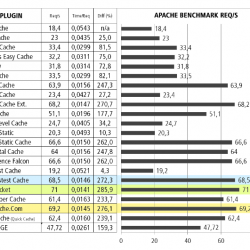WP Redis Plugin WordPress, Download, Install
November 14, 2016

Back your WP Object Cache with Redis, a high-performance in-memory storage backend.
WP Redis Download Now
(If the link does not work)↓
Originals Link WordPress.org
https://wordpress.org/plugins/wp-redis/
How to Install WP Redis Plugin, Manually
This assumes you have a PHP environment with the required PhpRedis extension and a working Redis server (e.g. Pantheon).
- Install
object-cache.phptowp-content/object-cache.phpwith a symlink or by copying the file. -
If you’re not running on Pantheon, edit wp-config.php to add your cache credentials, e.g.:
$redis_server = array( 'host' => '127.0.0.1', 'port' => 6379, 'auth' => '12345', 'database' => 0, // Optionally use a specific numeric Redis database. Default is 0. ); -
Engage thrusters: you are now backing WP’s Object Cache with Redis.
- (Optional) To use the
wp redisWP-CLI commands, activate the WP Redis plugin. No activation is necessary if you’re solely using the object cache drop-in. - (Optional) To use the same Redis server with multiple, discreet WordPress installs, you can use the
WP_CACHE_KEY_SALTconstant to define a unique salt for each install. - (Optional) To use true cache groups, with the ability to delete all keys for a given group, register groups with
wp_cache_add_redis_hash_groups(), or define theWP_REDIS_USE_CACHE_GROUPSconstant to true to enable with all groups. However, when enabled, the expiration value is not respected because expiration on group keys isn’t a feature supported by Redis. - (Optional) On an existing site previously using WordPress’ transient cache, use WP-CLI to delete all (
%_transient_%) transients from the options table:wp transient delete-all. WP Redis assumes responsibility for the transient cache.
Video
Plugin Not Working?
If any errors or problems with the plug-in then write comments.







